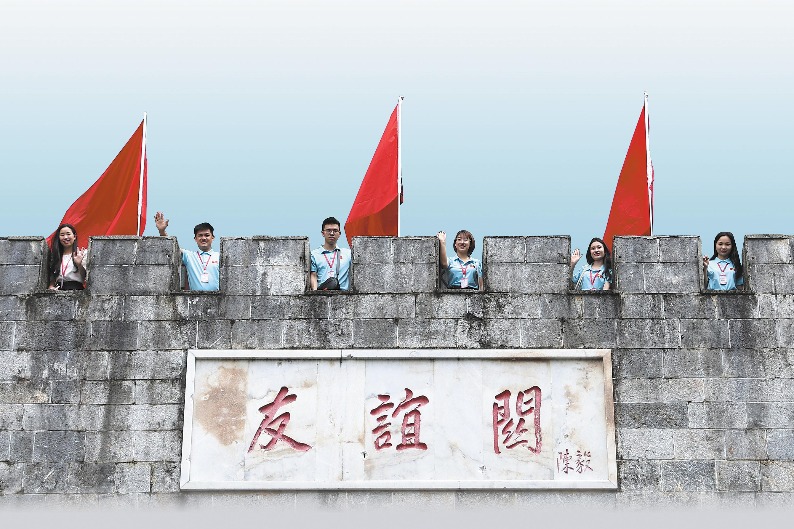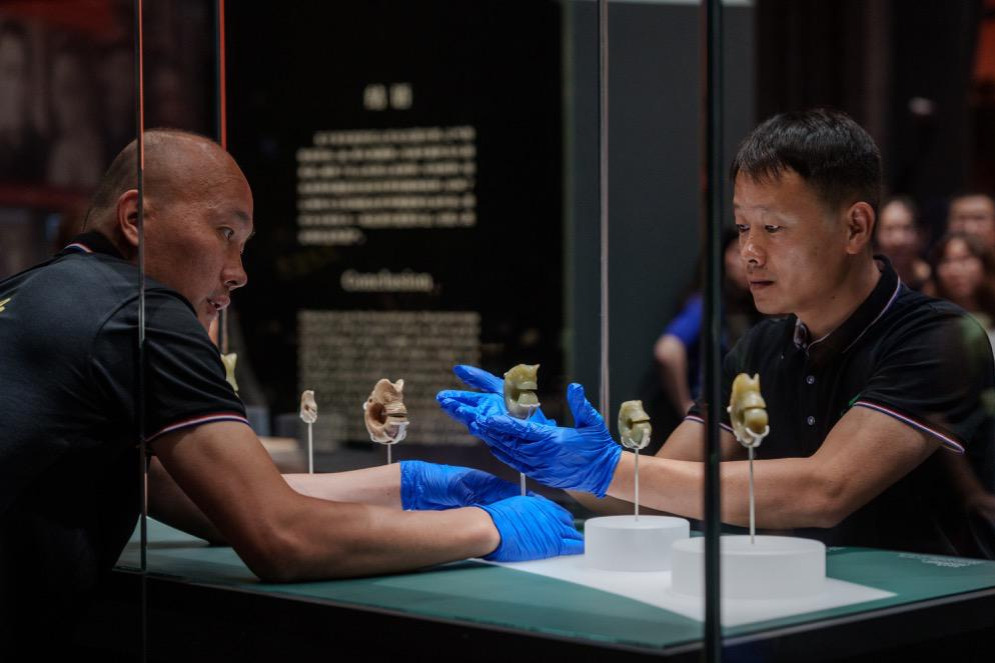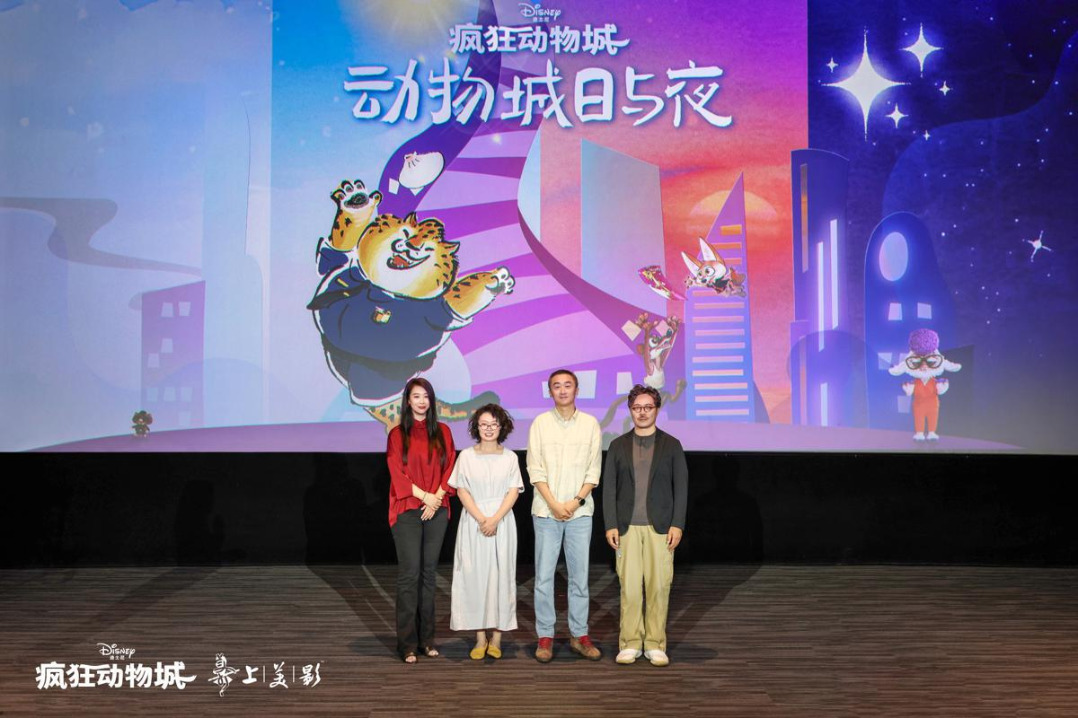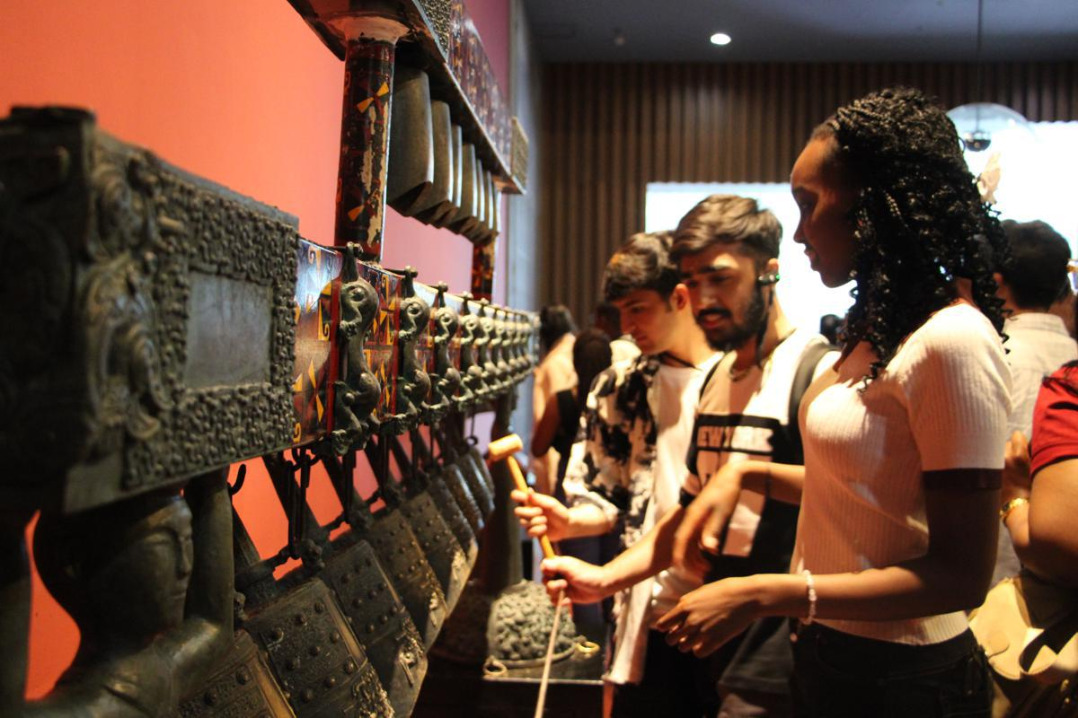Stone carving discovered in Qinghai stirs debate

A stone carving that some scholars believe dates back more than 2,200 years and could carry major cultural significance has ignited a heated debate among history enthusiasts, as several university professors have raised concerns that the inscriptions may be modern forgeries.
The controversy began with a June 8 report in Guangming Daily, in which Tong Tao, a researcher at the Chinese Academy of Social Sciences' Institute of Archaeology, claimed archaeologists had recently discovered a stone carving linked to Emperor Qinshihuang — the first Chinese ruler to hold the title huangdi, or "emperor" — who founded the Qin Dynasty (221-206 BC).
According to the report, the inscriptions were found near Gyaring Lake in present-day Madoi county, Qinghai province, at an altitude of about 4,300 meters. Photos published alongside the story showed that the characters were clear and in relatively good condition.
Carved in xiaozhuan, a signature script of the Qin era, the inscription was interpreted as describing a team of fangshi (alchemists) led by a wudafu (a minister-level official), who were traveling by wagon to Kunlun Mountain in search of elixirs for immortality. The text claims the group reached the lake in the third month of the 26th year of Qinshihuang's reign, and would travel another 150 li (about 62 kilometers) to reach their final destination.
Cultural significance
In ancient Chinese texts, Kunlun Mountain is imbued with mythological importance, akin to Mount Olympus in Greek mythology. It is also believed to be the birthplace of the Yellow River, often referred to as the "mother river" of China. Today, Kunlun refers to a long mountain range in western China, but its precise location in pre-Qin times is still debated among scholars.
"The carving was found by Gyaring Lake, with the Bayan Har Mountains to the south. So the search for elixirs in Kunlun should refer to Bayan Har, which undoubtedly corresponds to the 'Sacred Kunlun Mountain' in pre-Qin classics," Tong wrote. He added that the identification of Kunlun "matches perfectly with pre-Qin geographical texts that pointed to Kunlun as the source of the Yellow River", noting that modern hydrological studies confirm the Gyaring Lake and Bayan Har Mountains as headwaters of the river.
Historical texts state that seven stone monuments were carved to commemorate Emperor Qinshihuang's achievements following his inspection tours across the unified empire between 219 and 211 BC. Only two fragmentary examples have survived, both badly damaged and nearly illegible. Tong called the new find "the only existing Qin Dynasty carving at its original site and the most complete one".
Skepticism arising
Some online commenters hailed the find as monumental.
"Historical maps will be redrawn and the debate over Kunlun's location will be resolved. Salute to archaeologists who braved the elements," one person wrote.
However, the carving has also drawn skepticism — including from academics — over its authenticity.
"If the inscriptions' meaning was interpreted correctly, then I highly suspect this is a modern forgery. That would mark a new level of falsification," said Xin Deyong, a history professor at Peking University, without elaborating. He repeated his doubts in later social media posts and said he plans to write a book analyzing what he called an "unbelievably fake" inscription.
Liu Zongdi, a professor at Beijing Language and Culture University, pointed out logistical inconsistencies in the story. For the team to arrive at the location by the stated time, he said, they would have had to set out the previous autumn or winter — an implausible scenario given the high altitude and harsh climate. He also questioned how the travelers could have anticipated the formal use of the title "emperor", which was proclaimed during the same year as their supposed journey.
Additional doubts have been raised regarding the inscribed date, grammar and terminology, with both supporters and skeptics presenting arguments.
For instance, Liu Zhao, a professor of ancient texts at Fudan University, said the engraving technique — particularly the direction of certain character strokes — aligns with the known calligraphic style of the Qin period. He also noted that a rare way of writing "Kunlun" seen in the inscription matches that on Qin-era bamboo slips unearthed in Hunan province. Because that writing style has only been documented in the past 20 years and is otherwise unknown, Liu argued that it would require "a forger with deep and niche academic knowledge" to replicate it.
Nanjing-based Ziniu News reported that Hou Guangliang, a professor at Qinghai Normal University, first identified the inscription in July 2020 during a field survey. At the time, he said only a few characters — including huang — could be clearly made out. Hou initially suggested the inscription may have been created after the Yuan Dynasty (1271-1368), using Qin-style characters for visual effect.
He also said the harsh conditions around Gyaring Lake make long-term preservation of carvings difficult, and that only from the Yuan period onward did the region come under stable government control, allowing large expeditions to be logistically feasible.
However, Hou has since reconsidered. In a recent interview with Southern Metropolis Daily, he described his earlier comments as "a bit shallow" and said further research is needed.
In a commentary, The Beijing News encouraged the public to see the controversy as a process of "academic refinement" and an opportunity to popularize archaeology.
"The truth will gradually emerge through rigorous research and evidence-based discussion," the editorial said.





































